Many parts of fruits and veggies are edible, yet folks have been unknowingly throwing them in the garbage or into the compost pile!
For example, many people are familiar with using the peels of veggies (such as carrots, potatoes, and parsnips) to make stock, but did you know that orange and lemon peels can be used to make candy? And did you know that avocado pits are not only edible but are a good source of antioxidants? Or how about pineapple cores that can be used in juices and smoothies for their proteolytic enzyme, bromelain?
Read on, ladies and gents, and see which of these “waste” items you might consider using in your future recipes.
9 Ways to Eat Commonly Wasted Kitchen Scraps – Seeds, Stems, Peels & More
#1 – Beet & Carrot Tops
Instead of heaping these onto the compost pile, you can easily add these “greens” to your juicer instead. Yes, you’ll want to add in the actual beets and carrots as well because, by themselves, the tops can be slightly bitter.
Simply juice the carrots with the carrot tops to make carrot juice, or juice the beet tops with the beets to make beet juice. You can also combine an equal amount of beets and carrots (plus tops) or do 2 parts carrot to 1 part beet. Or, you can make any combination of fresh veggie and fruit juices to enjoy!
#2 – Watermelon Rinds
Yes, it’s true, you can juice watermelon rind! You can juice the rind with the flesh to make pure watermelon juice – and you’d never know there was a “green” in there! You can also juice the rind with other fruits, but to follow good food combining rules, you should juice the watermelon rind with other melons. Here’s a refreshing and simple recipe to try:
Energize Me Honeydew Recipe
• 2-3 cups cubed watermelon rind
• 1 honeydew melon, seeds and peel removed
Instructions: Juice the watermelon rind. Add the juice to a blender and blend in the honeydew. Serve and enjoy!
Variation: Try this with other types of melons, such as Crenshaw, Santa Claus, and cantaloupe.
#3 – Papaya Seeds
You either hate or love capers. In other words, they are an acquired taste. If you’ve ever had a hankering to try them or want to give this a try, here’s an interesting experiment: cover papaya seeds with apple cider vinegar and let them soak for 8-12 hours. Drain the seeds, rinse if desired, and eat as is, or sprinkle over pasta, rice, meat, fish, or veggies.
The taste? It’s kind of like capers. You can also add papaya seeds and apple cider vinegar to soups and stews, where you probably won’t even notice the taste. Papaya seeds have antioxidant properties and are also anti-parasitic. Feel free to explore using other marinades with your faux “capers.”
#4 – Pineapple Core and Top
While we can all agree that the core of a pineapple is rather unpalatable, but it can easily be juiced with the rest of the pineapple, including the leaves! Yes, really! The core contains bromelain, an important digestive enzyme that helps digest protein, while the leaves contain antioxidants.
While some folks choose to add the core to smoothies, you can get a start on your pineapple adventures with this simple green juice recipe:
Ravish Me Pineapple Recipe
• 1/2 bunch lettuce
• 1 handful of chopped kale leaves (or 2-3 large leaves)
• 1 pineapple, including core and top/leaves
Instructions: Juice all ingredients in a juicer. Alternatively, you can use a blender: add ingredients to a blender with 2-3 cups water, then strain through a nut milk bag. Note that using a blender does not crush the cell walls of the greens/pineapple as a juicer does.
#5 – Juice or Veggie Pulp
Many recipes abound on the internet using the pulp left over after making juice. The most common idea is to use carrot pulp as you would shred carrots in a carrot muffin or bread recipe. But even pulp from leafy greens, veggies, and fruits can be used in various recipes, such as to make veggie burgers and salsas.
Since juice pulp is essentially insoluble fiber, you can use it to add fiber to smoothies, soups, stews, or in bread and cracker recipes. The standard amount is 1/2 cup of juice pulp in most recipes that serve 4 people. Nope, the kids or even picky eaters won’t even notice it is there!
Here’s a recipe to get you going with this idea. Note: Remember that while you can juice beet and carrot tops and watermelon rind, they aren’t edible to use as juice pulp in recipes:
Veggie Pulp Burgers Recipe
• 2 1/2 -3 cups pulp from carrot juice or veggie juice (can include kale, lettuce, chard, dandelion, and other greens)
• 100 g sun-dried tomatoes, soaked with enough water to cover 8 hours or overnight
• 1 cup each buckwheat and brown rice flour
• 1 cup sunflower seeds, soaked overnight & well-drained
• 1/8 cup black fungus mushrooms, soaked in 1 1/2 cups water OR 1/2 pkg button mushrooms
• 2-3 Tbsp Herbs de Provence
• 1-2 Tbsp Herbamare Aromatic Sea Salt, or to taste
• 1 Tbsp chia seeds, ground in a coffee mill
Instructions: Blend the sun-dried tomatoes with the soaking water until smooth in a food processor. Pour into a bowl. Blend the sunflower seeds with the mushrooms using a bit of water for consistency in the food processor to create a coarse texture. Add to the bowl with the rest of the ingredients and mix well. Form into patties and fry with coconut oil on medium-high heat for about 5-7 minutes on each side.
Serve on buns with all the trimmings!
Note: This recipe makes a lot of burgers. You can leave the dough in the fridge for a few days, or you can freeze the pre-formed patties. I recommend using a piece of parchment paper between the patties to avoid them sticking together.
Note: Black fungus mushrooms are sold in Asian markets. Feel free to use any kind of mushroom you like. You can also vary this recipe by using your favorite curry or Thai spice. Using a blend of paprika and cumin is also nice.
#6 – Nut Pulp
Have you ever made your own nut milk? It’s very easy to do, and it beats buying the ones sold in the health food stores — which always have added thickeners and sugar. The simple recipe is 1 cup of nuts or seeds (you can soak these overnight to release their enzyme inhibitors) to 2 cups of water. To make a thinner milk, you can use 3 cups water. You can use this milk as is or add cinnamon, cloves, nutmeg, vanilla, chocolate, and/or a sweetener to taste. Use immediately and store the rest in the fridge for up to 3 days.
Ok, now what to do with that leftover nut pulp? Cookies! Yes, there are many recipes on the internet for making sweet treats with leftover pulp. Taste varies depending upon the type of nut or seed used, of course. Try this yummy no-bake recipe using almond pulp that is both gluten- and refined sugar-free.
Almond Love Joy Pulp Cookies Recipe
• 2 1/2 cups almond pulp
• 1 Tbsp ground flax
• 3 Tbsp almond milk
• 1 tsp vanilla extract
• 2-4 Tbsp glycerin or honey, or more, to taste
• 1/4 tsp Celtic sea salt (optional)
• 3 medjool dates, pitted
Instructions: Add all ingredients to a food processor (except dates) to make a dough that sticks together. Cut each date into 4 pieces and roll each piece in the palm of your hand to form a ball. Take 2 Tbsp of dough, roll it in your hand, and flatten it. Add a piece of date to the center, then fold the dough over the date to cover. Repeat with the rest of the ingredients.
Note: You can refrigerate the nut pulp for several days before using it or freeze it (defrost before using it in recipes). If you own a dehydrator, you can also dry the pulp in the dehydrator, grind it to a fine powder in a high-speed blender, and use it in recipes as you would flour. Store the flour in a glass container.
#7 – Stems
Dill, Parsley & Coriander
So you’ve grown tons of your own herbs; congrats to you! But now that you’ve chopped off those yummy leaves, what else to do with those stems besides adding them to the compost pile? Answer: juice them! Or turn them into a smoothie! You can easily juice the leaf and stem or add some stems (like parsley) to your favorite green smoothie recipes.
Another, perhaps more interesting, idea is to use them to add taste to your soups and stews or when boiling veggies or potatoes. Simply add the stems—fresh, dried, or frozen—to the water with whatever you are cooking. You can fold the stems to fit in the pot or chop them into large pieces. When your dish is ready, simply remove the stems. Now, these “spent” stems can be thrown into the compost pile!
Here’s an easy and hydrating smoothie recipe you can try for those last hot and humid summer days:
Tomato ‘n’ Parsley Refresher Recipe
• 1 handful romaine lettuce
• 1 small bunch of parsley, stems, and leaves
• 3 tomatoes
• 1-2 sticks celery
• Water, for consistency
Instructions: Blend all ingredients in a high-speed blender. Serve immediately.
#8 – Citrus Peels
Lemon, Lime, Orange, Nectarine & Tangerine
Many have read about using lemon or lime zest in a muffin or cake recipe. How to? Simply grate the colored part of the peel (not the pith) and let air dry on newspaper or parchment-lined cookie sheets for several days until dry. Alternatively, you can use a dehydrator.
Once dried, use a high-speed blender or coffee mill to grind the peels into a fine powder. Store in a cool, dry place with your other herbs and spices and use as directed in recipes.
A second way to use orange or tangerine peels once they are dried is to turn them into tea. This is often used in Chinese medicine to help with digestive issues, such as distention, bloating, food stagnation, and stomach aches. To make chen pi tea: use 3-10g of dried peel in 4 cups water. Place in a glass or ceramic pot and let come to a boil, then simmer, covered, for 15-20 minutes. Drink this after meals to help digestion, 1-3 cups daily.
A final and much more interesting idea is to make orange peel candy. You can try this recipe using nectarine, tangerine, clementine, lemon, or lime. Hope you like chocolate:
Orange Peel Chocolatey Candy Recipe
• 2 cups julienned orange peels (try to remove pith from peels as best you can before slicing)
• 4 cups water
• 1 cup coconut sugar
• 2/3 cup chocolate chips or 1-2 bars of your favorite chocolate bar, or more as needed
Instructions: As the peels are bitter, place them in water and let them come to a boil. Simmer for 15 minutes. Discard the water and repeat this process 2 more times. Now, place the peels with 4 cups water and 1 cup coconut sugar. Let them come to a boil, then simmer, uncovered, for 1 hour. Drain and place the pieces in an ice bath to cool, then remove excess water with a paper towel or tea towel.
Meanwhile, melt the chocolate gently in a double boiler. Dip each piece of orange peel into the chocolate (tongs or even tweezers can help with this task if you like), and place on parchment-lined cookie sheets. Place in the freezer or fridge to set, 15-30 minutes. Store the pieces in a glass container in the fridge.
Variation #1: try using 1/4-1/2 cup coconut sugar or honey instead for a sugar-reduced recipe. Use sugar-free chocolate for dipping.
Variation #2: You can dip just half of each peel, leaving one part uncovered and one covered in chocolate. The contrast of the orange (or yellow for lemon) against the brown makes for some nice “eye” candy. Do keep this idea to use when Halloween rolls around!
#9 – Avocado Pits
Life will not be “the pits” after you add avocado pits to your morning smoothie! Avocado pits are antimicrobial, antifungal, and antihelmintic.
They are high in soluble fiber and are an excellent source of antioxidants, vitamins, and minerals. They do contain tannins and are bitter by themselves, but once blended with greens and fruits, you’ll reap the benefits without noticing the taste.
5-4-3-2 Peachy Love Recipe
• 5 peaches, pitted
• 4 oranges, peeled & seeded
• 3 pears, seeded
• 2 handfuls chopped kale (3-5 leaves)
• 1/2-1 avocado pit
• 1/2 -1 avocado (optional)
• Water, for consistency
Instructions: Blend all ingredients in a high-speed blender. Serve immediately.
Note: If using a regular blender, you’ll have to place the pit in a bag and smash it open with a hammer. Then, you can use the seeds in your smoothie.
Note: Instead of peeling and seeding the oranges, you can use a manual juicer to juice the oranges. Simply add this juice to the rest of the ingredients in the blender.
Now that you’ve had a taste of these bits and parts of fruits and veggies that are often thrown out, perhaps you’ll be seeing the world anew, with keener and more inquisitive eyes. What other food adventures await in your future?
To get you started, here are a few other commonly wasted tidbits for you to nibble on:
• Celery leaves are juiceable, as are radish leaves
• Crabapples are juiceable (minus seeds) and can be made into a jelly
• Wild strawberry leaves are both edible, and juiceable and can be dried to make tea for diarrhea
• Watermelon seeds can be dried and boiled to make a diuretic tea
• Oyster shells can be dried, crushed, placed in a tea bag, and used in soups and stews to add calcium and minerals (remove tea bag once soup/stew is done). Note: Avoid if you’re allergic to shellfish.

Cat Wilson is a holistic health practitioner who loves plants and meditation. When she isn’t working out or writing, you can find her hugging trees and talking to the wild weeds in her garden. Grab a gluten-free recipe or get some help with going vegan or mindfulness at her website or on her YouTube Channel: Cat’s Raw Paw.
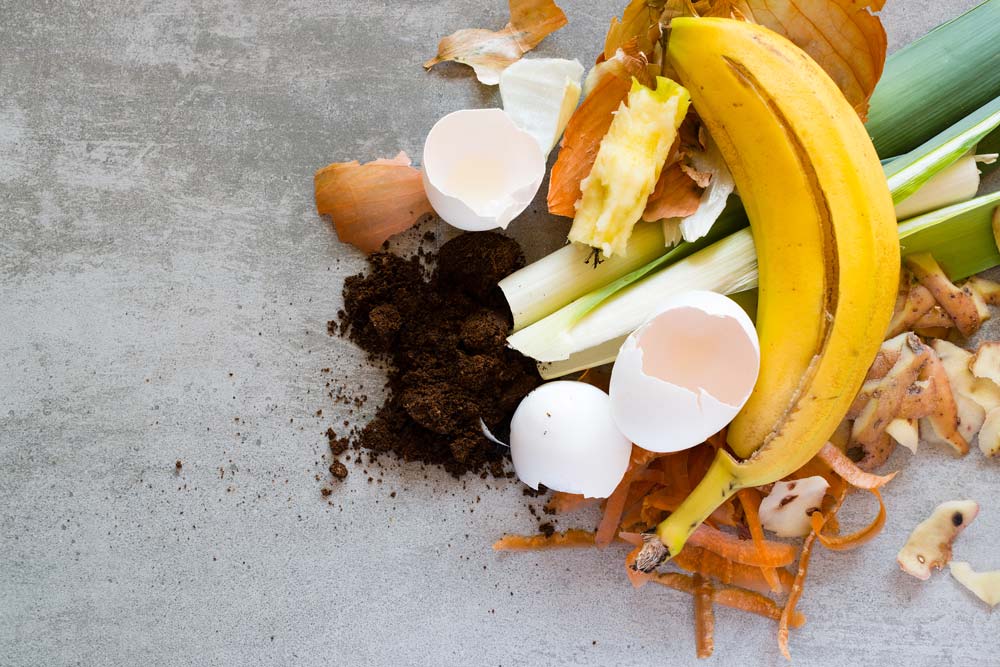

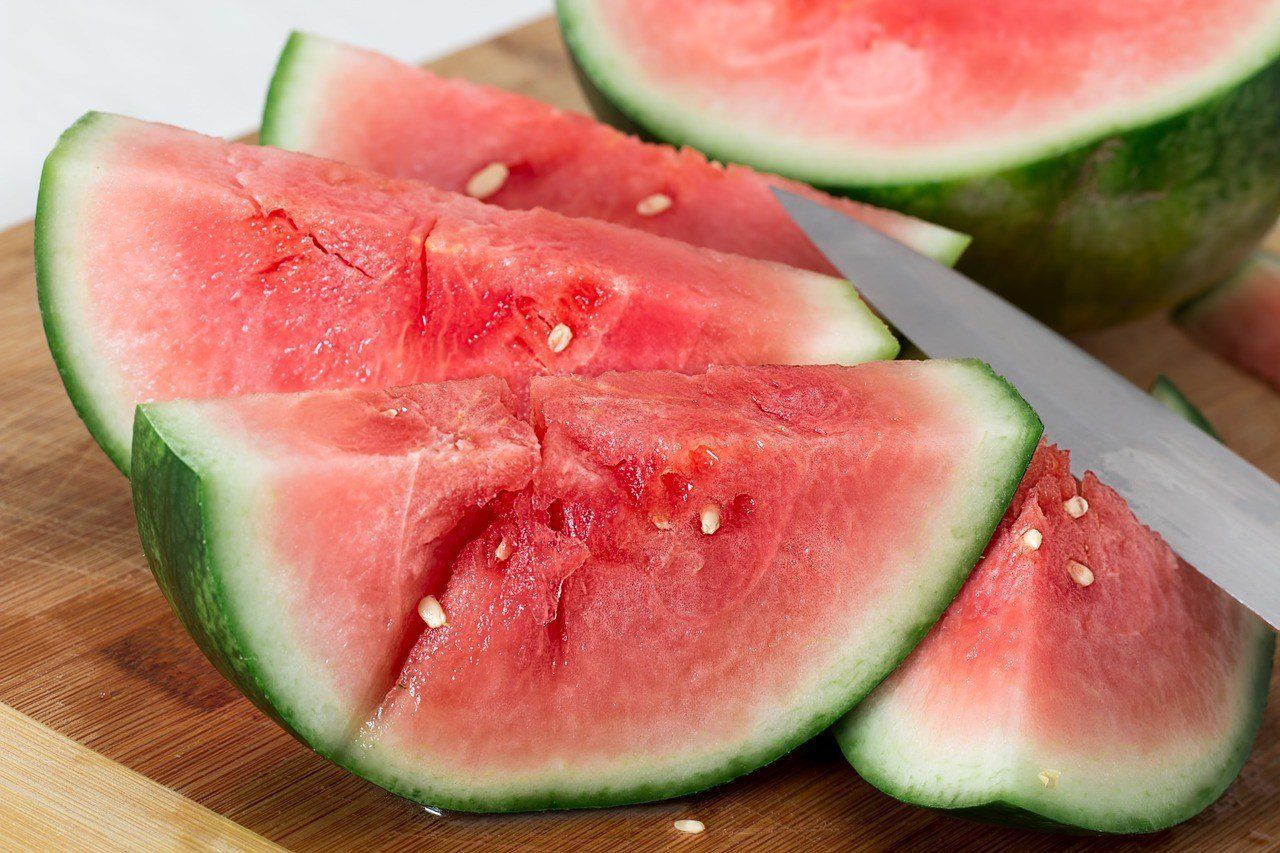
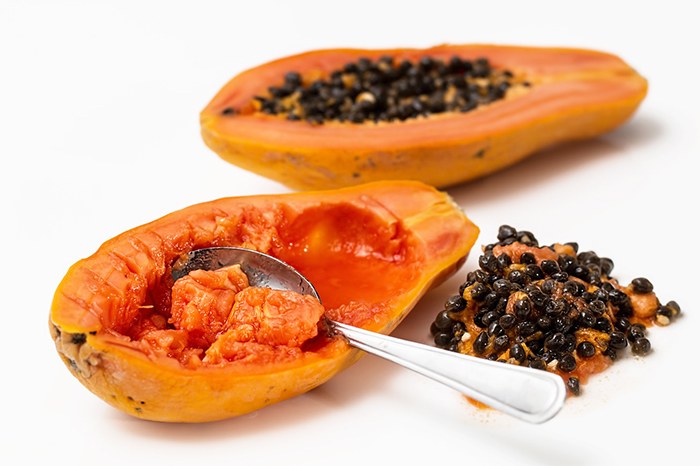
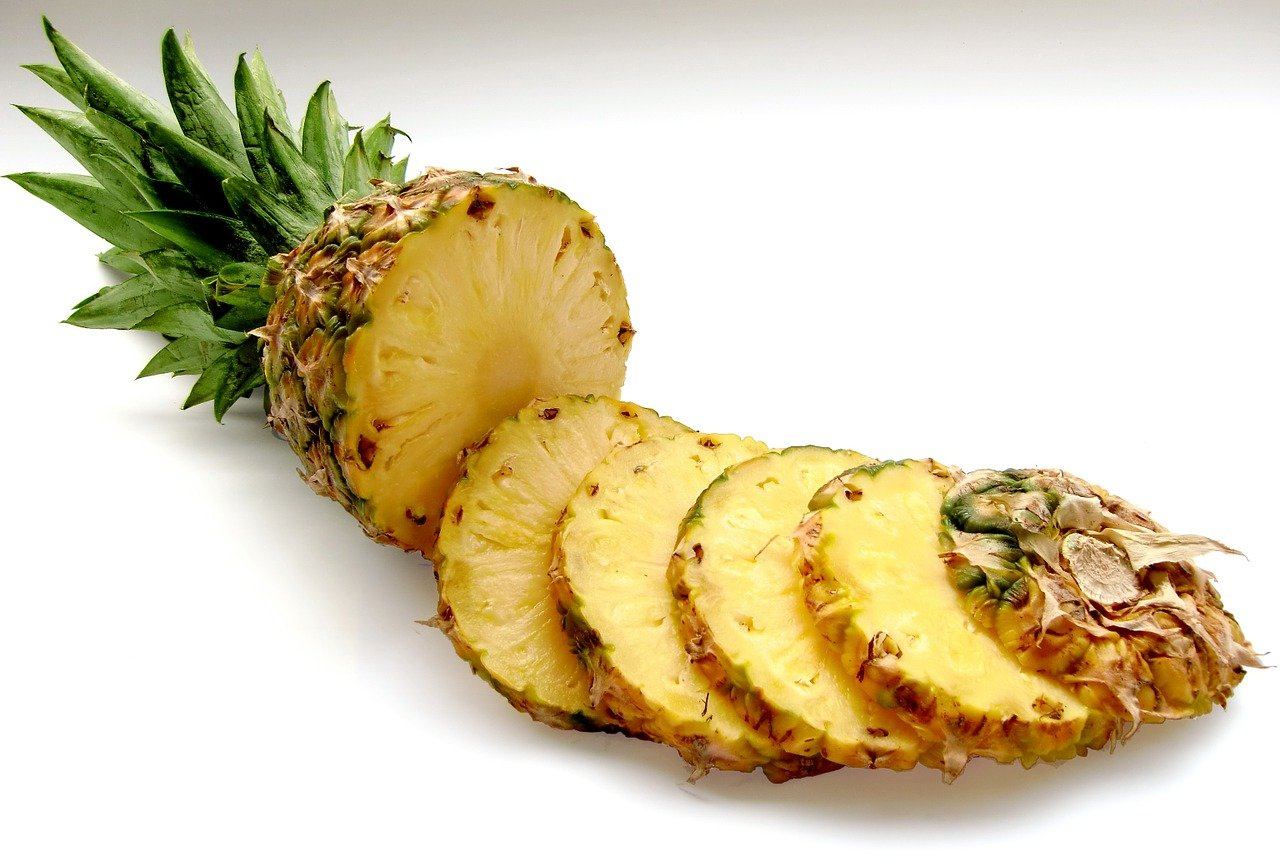
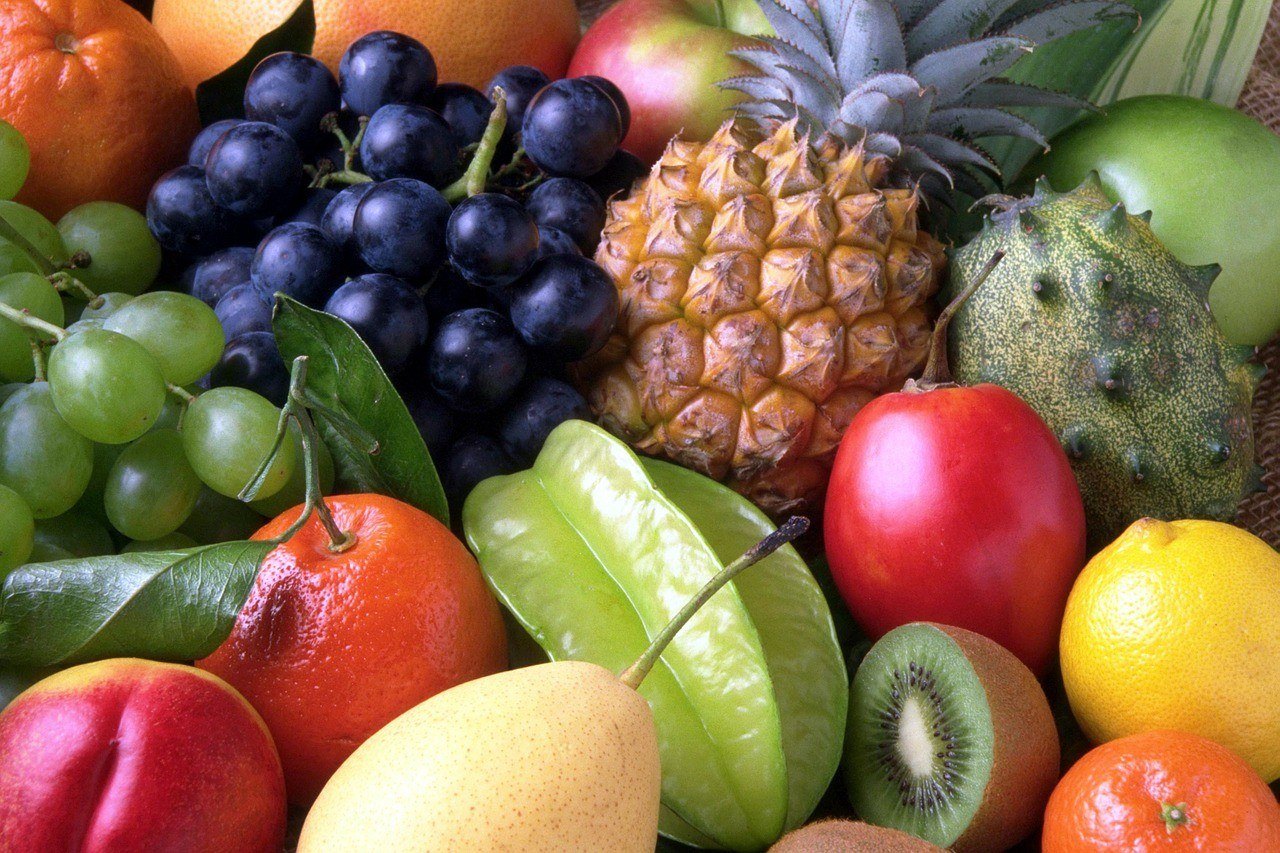
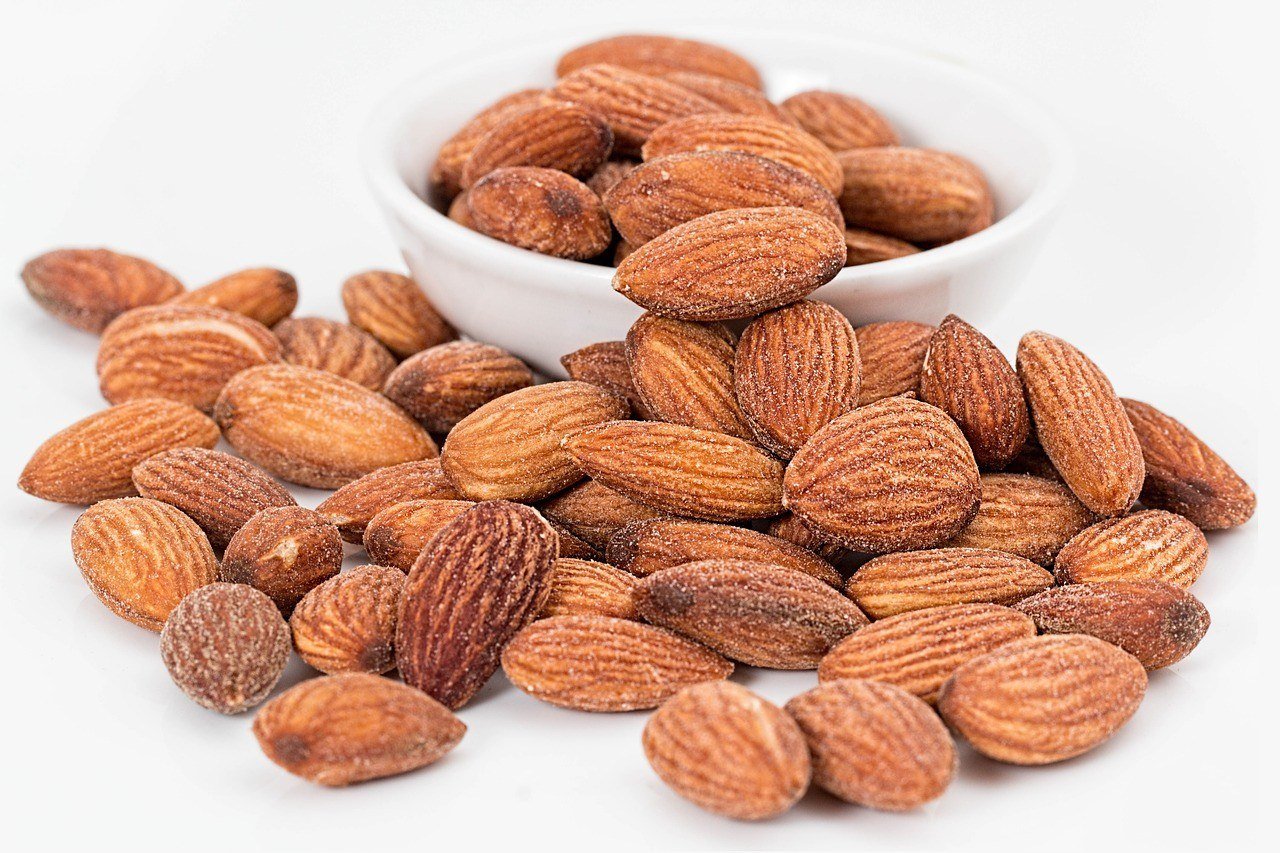
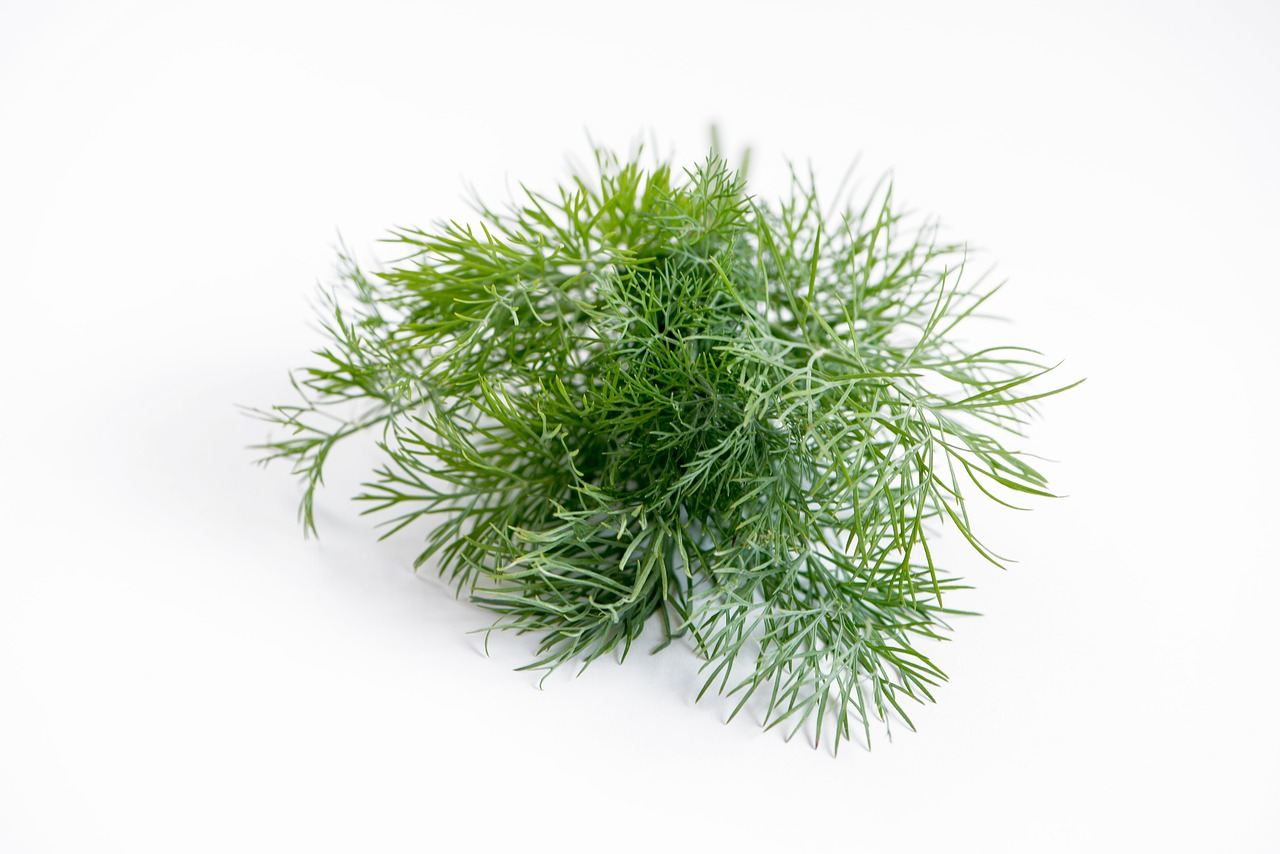
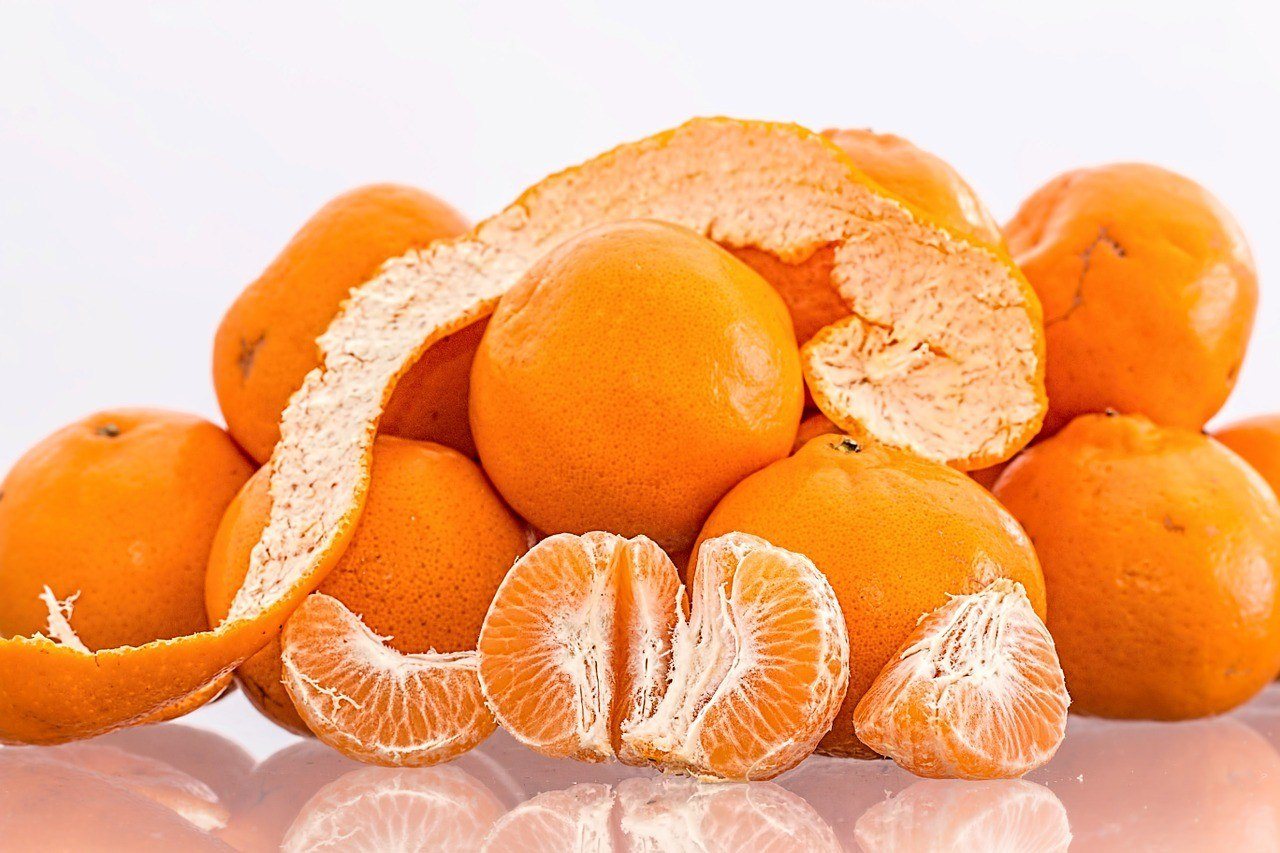
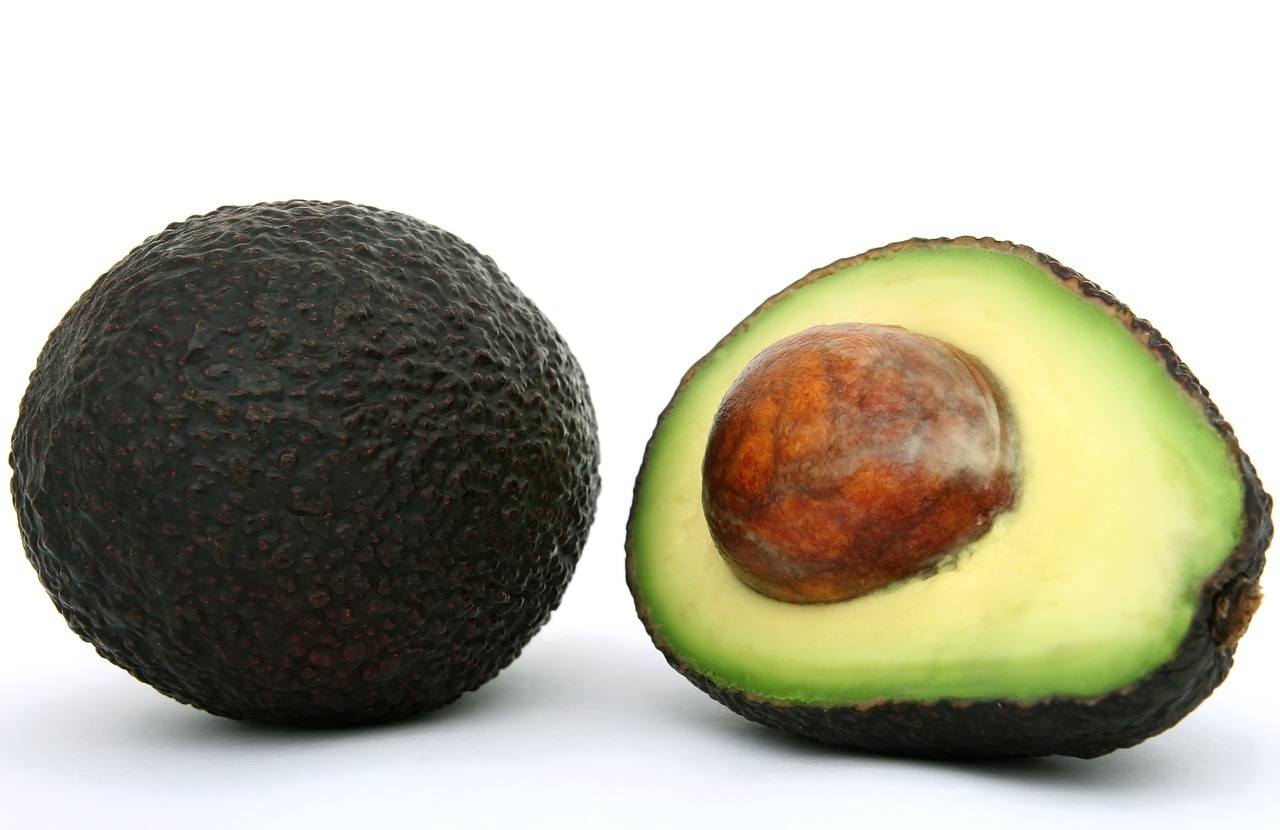







COMMENTS(11)
Have saved kale stems and overgrown okra, dehydrated, then powdered them to add to assorted dishes.
Where’s the talk of stir frying sweet potato leaves or using tomato leaves as seasoning? Pea pod soup? Surely there are many other ways to get more from what we grow and purchase.
I agree! Feel free to send along those ideas and share with everyone! There is so much we can do with bits and ends of food that often gets overlooked!
Thanks for these ideas 🙂
Don’t use tomato or potato leaves/stalks/roots for anything other than compost. Many parts of plants are toxic, including these. These are part of the nightshade family, which are highly poisonous. Just because it may be safe to eat one part or one preparation of a part of a plant does not mean the entire plant is okay to use. The fruit of a tomato plant may be safe to consume, but if you then tried to make a salad or such with the leaves, you’ll soon end up dead or wishing you were. Please be careful when trying to eat other parts of a known edible plant–you don’t want to get ill or worse.
Thank you for sharing all these tips. Now I can hardly wait for the waste to pile up. Do you freeze this if you have to much, and juice later? I need a printer friendly copy of this.
Bonnie,
I freeze the juice pulp, then defrost it before in recipes. If you have wilted or rotting greens, fruits and veggies, you can freeze those and then add them to smoothies, where they will get pureed. I don’t freeze greens, veggies or fruits to then make juice. Juicing requires fresh produce.
I do hope I’ve answered your question, but if not, feel free to ask another or others!
I’m glad you enjoyed the article and will make much use of the ideas. Happy crafting and cooking!
I know folks who make candied watermelon rind. Don’t know the recipe, sorry.
Yes, I’ve heard of that recipe too! There are bound to be some good recipes on the internet 🙂
The Joy of Cooking used to have it. I don’t know if editions post 1980 ish have the recipe. Also, check your cookbooks. If not there, check your second-hand shop. Candied watermelon rind is delicious!!!!
Super artice, Catherine! Thank you!!
Save your shrimp/crawfish/lobster shells and freeze them until you have enough to make some bisque. (I have a bisque recipe, but if I provided it, I would have to hunt everyone down. You’ll have to search out your own. 😉 )
Hi Jen,
Thanks for sharing that idea 🙂